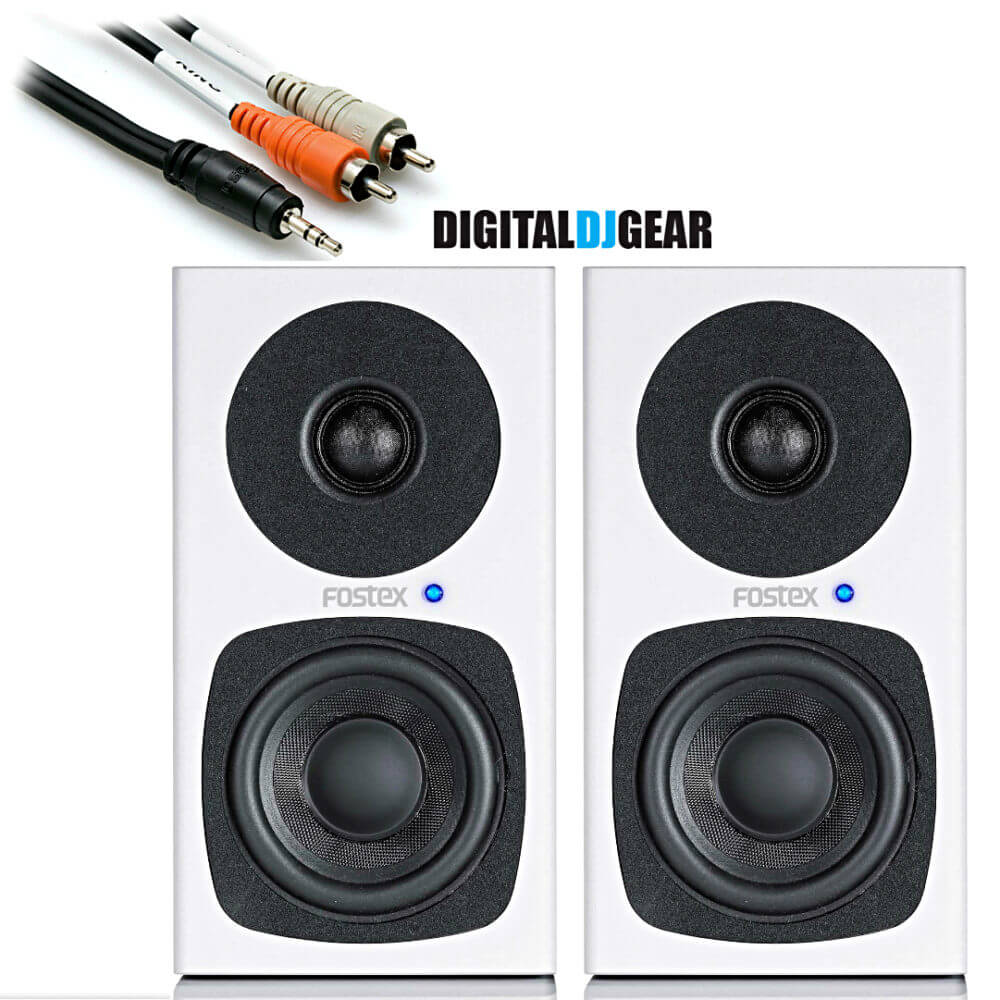Your DJ career is going to be an unending flow of decisions regarding what sort of DJ equipment you should be using, and that shouldn’t be too surprising – there’s a lot of it out there. That being the case, you are probably stuck on the decision between active and passive speakers, which isn’t a surprise by any stretch of the imagination.
Figuring this one out is definitely difficult for the raw beginner, but that doesn’t mean it has to be impossible. Let’s take a quick look at the two and help you decide which one you should be hauling to your next show.
Active and Passive -Choosing your DJ Equipment
To make this decision effectively you will need to know the difference between active and passive speakers which isn’t actually as complicated as it sounds. We’re going to start by talking about active speakers, which are probably exactly what you’ve been using anyway.
What are Active Speakers?
 Active speakers are often referred to as powered speakers because they have a powered amplifier for each driver. In other words they do not depend upon an external power source, and all of the necessary components are stored within the casing. That being said, these speakers are most often used for home entertainment systems as they are incredibly easy to set up.
Active speakers are often referred to as powered speakers because they have a powered amplifier for each driver. In other words they do not depend upon an external power source, and all of the necessary components are stored within the casing. That being said, these speakers are most often used for home entertainment systems as they are incredibly easy to set up.
They are the simplest type of speaker to use and there is a good chance that you have one sitting around the house somewhere. If you need to pack up in a hurry, there’s a good chance you will be grabbing your active speakers first. Contrary to popular belief, however, active speakers are not powered speakers. We will get to the concept of powered speakers in a moment, but first let’s take a look at passive speakers; another piece of gear that you might find in a DJ equipment packages.
What are Passive Speakers
Passive speakers make sue of passive crossover components. They split the audio signal and send each band right back to the loudspeaker drivers. Additionally, audio signals are driven through a separate amp, and the unit features a separate power amplifier that send the audio signal to the speaker.
It’s a more technical setup but is great for advanced users. The one problem that passive speakers tend to have is heat dissipation which can cause the amplifier to lose up to 30% power. That said, as the unit heats up, the sound might begin to lose quality, and for this reason it is definitely recommended that you stick to active speakers if you plan to host a longer show. In some cases bands have been known to take an intermission which will give the equipment time to cool down.
You know the disadvantage, but is there an advantage here? The most important advantage you have with this type of speaker is the ability to upgrade the amplifier at will, which is something that would be incredibly difficult with an active or powered speaker.
What is a Powered Speaker?
 Finally we get to the powered speakers which are an entirely different animal. The powered speaker has its own amplifier and can be plugged right into the wall. Keep in mind however that it tends to have many of the same attributes as a passive speaker.
Finally we get to the powered speakers which are an entirely different animal. The powered speaker has its own amplifier and can be plugged right into the wall. Keep in mind however that it tends to have many of the same attributes as a passive speaker.
If you need a good example of a powered speaker all you need to do is look at your computer desk – computer speakers are definitely a great example and they are one of the most widespread. In the end, they can definitely help to reduce clutter, and the built in amplifier eliminates the need for additional components. They’re easy to set up and perfect for the novice user.
There are definitely merits to each type of speaker and when you buy DJ equipment package you’re going to have some trouble deciding. We recommend that you try them all out just to see how they sound, you never know what your venue could use.




